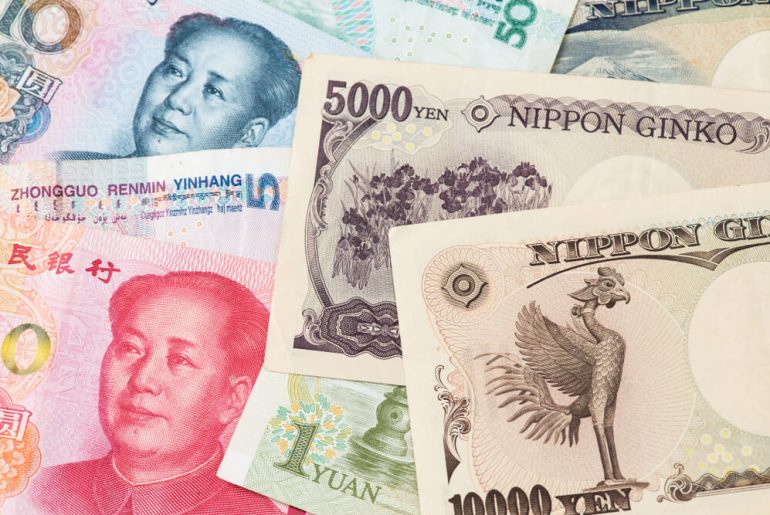The Japanese yen and the Chinese yuan have significantly strengthened their positions following statements from the central banks of both countries, aimed at supporting some of the most vulnerable currencies in the Asia-Pacific region. Meanwhile, stocks in China fell despite signs of economic stabilization.
The Bank of Japan, led by Kazuo Ueda, has sparked intrigue regarding its monetary policy by indicating the possibility of assessing wage dynamics by the end of the year, which might influence the country’s future monetary decisions. The market’s reaction was immediate: the yield on Japan’s 10-year government bonds jumped to levels seen in 2014, while the yen appreciated by 1% against the dollar.
At the same time, the Chinese yuan, which recently dropped to a 16-year low, showed a sharp rebound. This came after the People’s Bank of China set an unexpectedly high daily fixing rate and emphasized its readiness to take measures to adjust the currency when necessary.
The yen and the yuan are attempting to regain their positions after falling by 0.3% last Friday, becoming the least successful currencies in the region.





